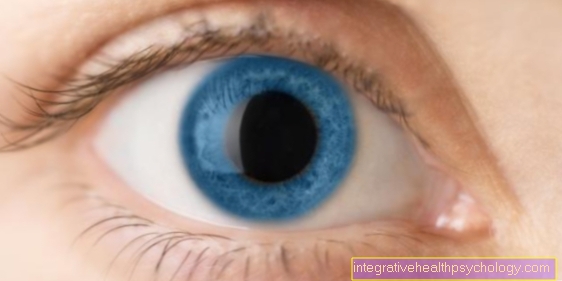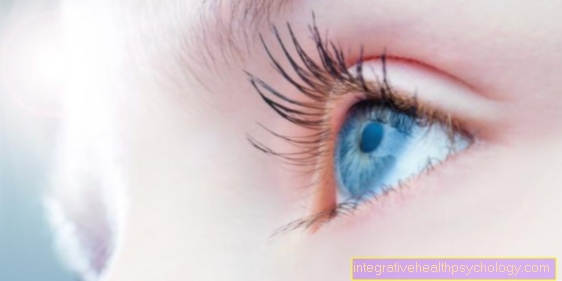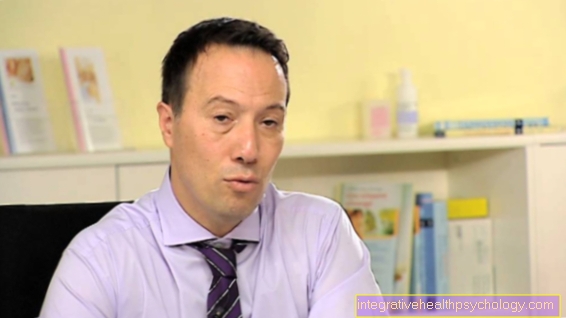Botox® cream
General

Wrinkles on the forehead, crow's feet on the eyes, wrinkles around the corners of the mouth. Nobody wants that and women in particular have big problems with it and would rather remove the wrinkles today than tomorrow. It is not uncommon for the men and women affected to invest thousands of euros in anti-wrinkle creams, fillers, face masks and, last but not least, in injections or firming procedures.
Botox® has long been known to many people seeking advice. Actually a bacterial poison (= toxin), which often had a lethal effect in the course of food poisoning from spoiled canned food, botulinum toxin has also been used successfully in medicine since the 1980s. Botulinum toxin is now available in the market under many names. Nevertheless, the short form “Botox®” has spread widely through the media and is now used synonymously for the many other preparations.
use
The "career" of Botox® began in neurologywhere it has been used to treat movement disorders. As a neurotoxin, Botox® blocks the transmission between the Nerve fibers and the Musculature.
It prevents the muscle from sending the signal contraction (= Contraction) and he remains relaxed. However, the effect is not of longer duration and so the effect is limited to several months and Follow-up treatments are the consequence.
In neurology, diseases with muscle spasms are successfully treated to this day, e.g. Eyelid cramps, Torticollis, Parkinson's, Esophageal disease (e.g. Achalasia) Etc.
Even with increased sweating (Hyperhidrosis) it is used and frees those affected from their often high level of suffering due to the enormous sweat production.
Cosmetic surgery
In cosmetic surgery it became the treatment of so-called mimic or dynamic Wrinkles derived. These should disappear through the muscle paralysis.
So this is all about the wrinkles created by our facial features: Laugh lines, the wrinkles around the eyes and lids, on the bridge of the nose or on the chin. The wrinkles can initially only be observed when using the facial muscles, but as the skin ages they do not disappear at some point.
Wrinkles caused by weakened connective tissue or years of exposure to sunlight can occur Not be treated. Treatment began in 1992 in the form of Botox® injections. The dose of Botox® is here many times over less than when used in the neurological area and severe Side effects are much rarer. However, the procedure is not painless and risk-free, and so the hurdle is still not insignificant for many sufferers.
Botox® cream

Lately many promises Creams however the same effect. Simply applying lotion promises to replace the painful syringe and scalpel and complications such as Bruising and asymmetrical faces should be a thing of the past.
Many of those affected gain new hope for a wrinkle-free face and bravely apply the products to the affected skin areas day after day. However, the creams can unfortunately Not keep what they promise. There are several reasons for this.
Creams penetrate Not by all Layers of skin. The skin is an effective way of protecting the body from its environment. The skin is very “picky” about which substances it lets through into the body. Unfortunately, creams are not one of them.
Creams develop their effect excellently in the crowd humidity donate, make it look smooth and tight and some products can actually rejuvenate the skin by being Vitamins and Plant hormones and many other ingredients.
Novel Proteins Creams have been shown to penetrate deeper into the skin and actually tighten the connective tissue. The causes of expression lines, so the Laugh lines or the wrinkles on the forehead or around the eyes, however, they cannot declare war because they cannot reach the place where the action is, as it is far too deep under the skin.
Furthermore, Botox® is a very, despite all its positive effects effective neurotoxin and active ingredient. In Germany these are subject to Medicines Act and thus also the so-called "Prescription requirement“.
This means that only a doctor can order this drug. If Botox® is to be processed in a cream in an effective dose, then this cream would have to be available on prescription. The creams currently in use often contain the Botox®-like ingredient as a back door Argirelinewhich, however, cannot achieve the same effect.
What remains after all the treatments, however, is the desire and striving of people to get older and older without age being visible. This desire is so strong that a lot of energy will continue to be invested in the search for a magic recipe for rejuvenation and the tireless search for the fountain of youth will continue. Unfortunately, Botox® creams cannot yet provide a solution to the riddle and the search must continue so that the Eternal Youth can actually be reached at some point.















.jpg)













